Headphones for a metal detector: characteristics, rules for selection and connection
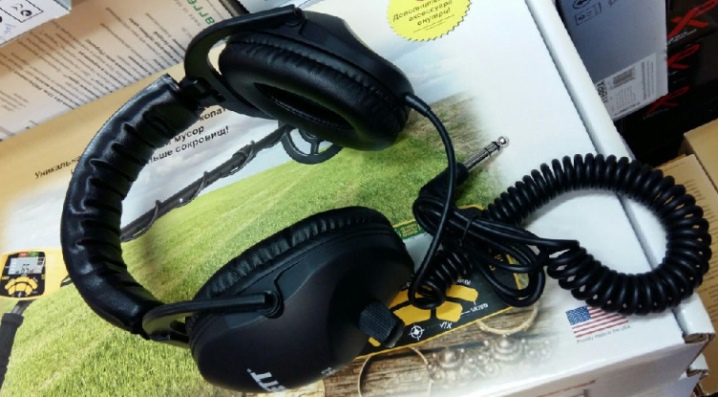
All metal detectors are equipped with a speaker for alerting. Although experienced search engines still advise using headphones, because they hear better, and the chance of finding something is higher. Whether there is a need to buy headphones for a metal detector, everyone must make a conclusion for himself.
Characteristic
Before purchasing headphones for this purpose, you first need to study their specifications to see if they will work with your device. The passport of these electro-acoustic devices can contain a lot of different and not understandable information for everyone.

What parameters should you pay attention to first of all?
- Resistance... Measured in Ohms. Headphones are divided into high impedance and low impedance. In the first case, the resistance is in the range from 32 to 100, and sometimes more than ohms. This figure affects the volume of the headphones. The lower the resistance value, the louder the sound in your ears. Models with any resistance are suitable for a metal detector.
- Frequency range. The human ear perceives sound vibrations in the range from 16 to 20,000 Hz. That is, any headphones that meet these indicators will do.
- Sensitivity... This parameter characterizes the ability of the headphones to transmit sound without distorting it. There are no clear requirements for sensitivity in the documentation for the metal detector. A good indicator is 90 dB.
- Frequency response of the headphone. This is the dependence of loudness on the frequency of the signal. This parameter is important when listening to music recorded in high quality. When choosing headphones for search engines, it does not matter.
- Noise isolation... This parameter shows to what extent you will be isolated from extraneous noise. A high degree of protection can present unpleasant moments: you will be completely cut off from the outside world and in terms of safety you may suffer. Also, in hot weather, the ears sweat a lot in headphones with a high degree of noise protection.
- Design features... There are wired and wireless headphones. It is advisable to choose more robust devices that can cope with the harsh conditions of prospecting. That is, they must be reliable and preferably waterproof. For wired ones, you need a reliable cable, and for wireless ones, powerful batteries that can work up to 12 hours without recharging.
It is advisable to choose more robust devices that can cope with the harsh conditions of prospecting. That is, they must be reliable and preferably waterproof.
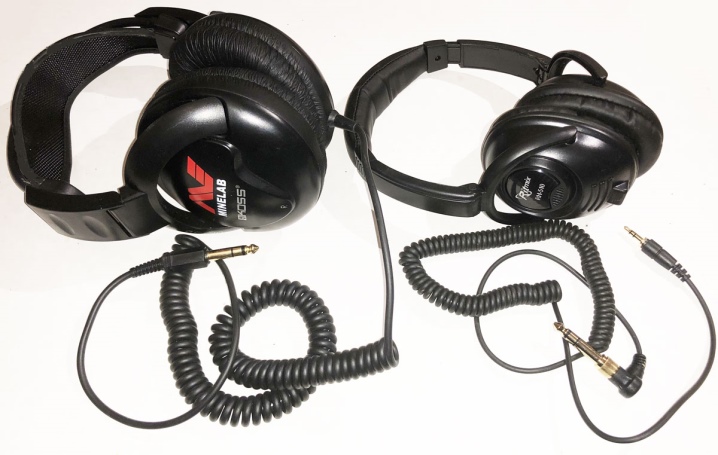
Model overview
Based on the experience of the seekers, the following was compiled headphone rating in terms of price-quality ratio.
Wired
- Minelab Equinox 600/800 Are high quality premium underwater headphones. They are able to work even after immersion in water to a depth of 3 m.
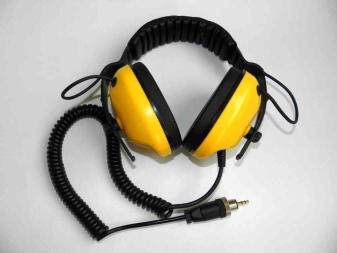
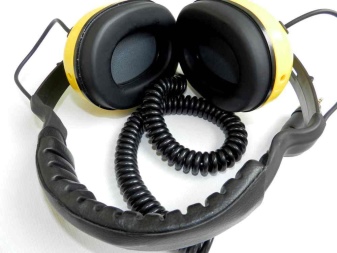
- Koss UR-30. Reliable and unpretentious closed-type headphones. With a high sensitivity of 101 dB. Equipped with a 3.5 mm mini jack and a 6.3 mm adapter included.

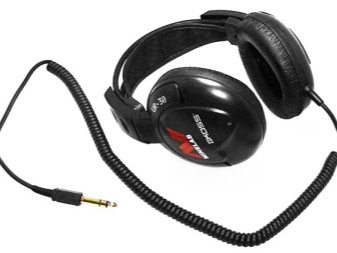
- Garrett MS-2. Stereo headphones with decent performance. Resistance 8 Ohm, range 30-20000, sensitivity - 97 dB.


Wireless
- Deteknix Wirefree PRO made in USA. Suitable for any type of metal detector. Very good equipment, there is a charger, a set of attachment for the transmitter to the metal detector.The earbuds have a built-in rechargeable battery, the operating time of which is from 12 to 24 hours. They have decent parameters: resistance 32 Ohm, operating frequency range 20-20000, sensitivity - 130 dB.
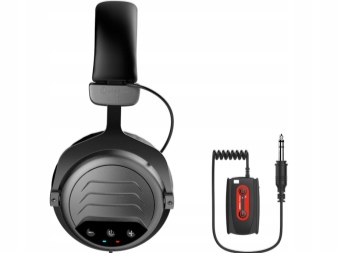

- Minelab Pro-Sonic. It is also a very good system for wireless communication, it allows you to receive a strong and clear signal even at a distance of up to 10 meters from the metal detector. There is a warning about low battery. It can be recharged via a USB connector from any device, power bank or from the network via an adapter. Very easy to use.
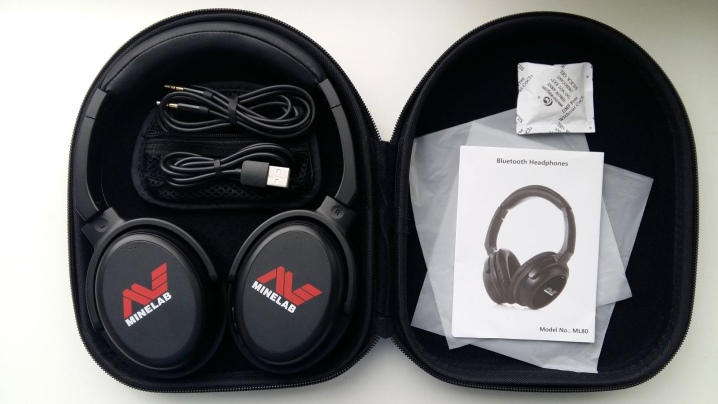
- "Svarog 106"... Domestic development, which is important with appropriate characteristics, is cheaper than foreign analogues. Parameters: frequencies 20-20000, sensitivity 90 dB, signal reception distance up to 15 m. A big plus is a 2-year warranty.
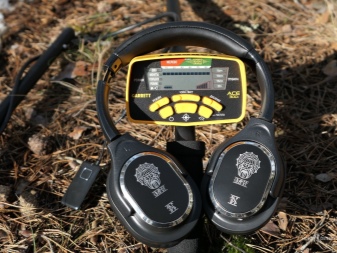
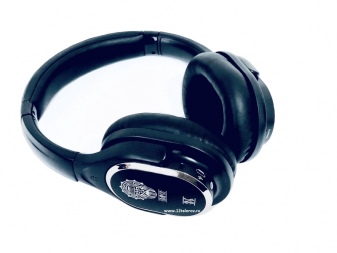
Choice
In addition to technical parameters, when choosing a headphone, you should pay close attention to the following aspects.
- Brand. It is better if the manufacturer of the headphones and the metal detector is the same company. If you can't find "relatives", then you should try the universal ones.
- Connector for connection. Two types are considered standard - 6.3 mm and 3.5. It happens that the diameter of the plug from the earphone does not match the connector on the control unit. Then you have to use an adapter.
- You need to decide which you will use, with or without wire. If with a wire, then you need to pay attention to the quality of the cable and the look. A twisted cord is considered optimal, it is more comfortable to work with it.
- Also of great importance are materialsfrom which the ear cups are made. When using low-quality and inexpensive synthetic materials, the ears will feel uncomfortable - they will chafe and sweat. The difference between expensive and cheap headphones has practically disappeared at this stage. Of course, in premium models and the sound is better, higher quality components are used. But not always, by paying a decent amount, you will get an excellent result.

Connection and configuration
Cable headphones are easy to connect: you just need to plug the plug from them into the socket on the control unit of the metal detector. If they do not match in diameter, you will have to use an adapter.
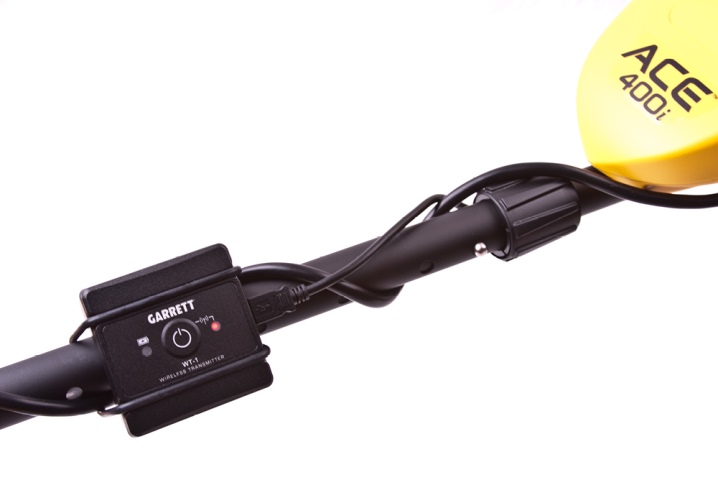
For wireless there are some difficulties, everything needs to be done according to the instructions. In the case when the headphones work via bluetooth, insert the connector from the transmitter into the unit and start the device search mode. Turn on the headphones and wait until they connect.
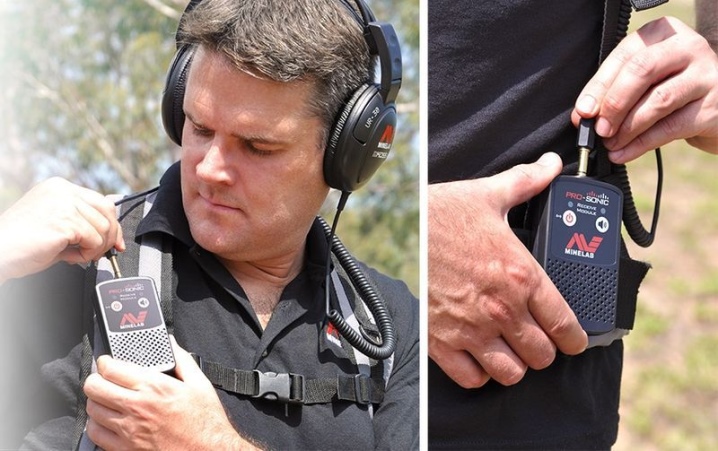
If devices use radio connection, you need to turn on the receiver and transmitter, hold down the buttons on them, wait until they find and identify each other. After they connect, connect the module to the control unit and fix it on the rod, and attach the receiver to your clothes or put it in your pocket, and plug the headphones into it.
No special setup of the headphones is required after connection.
In the next video, you can learn more about the types of headphones for a metal detector.













The comment was sent successfully.